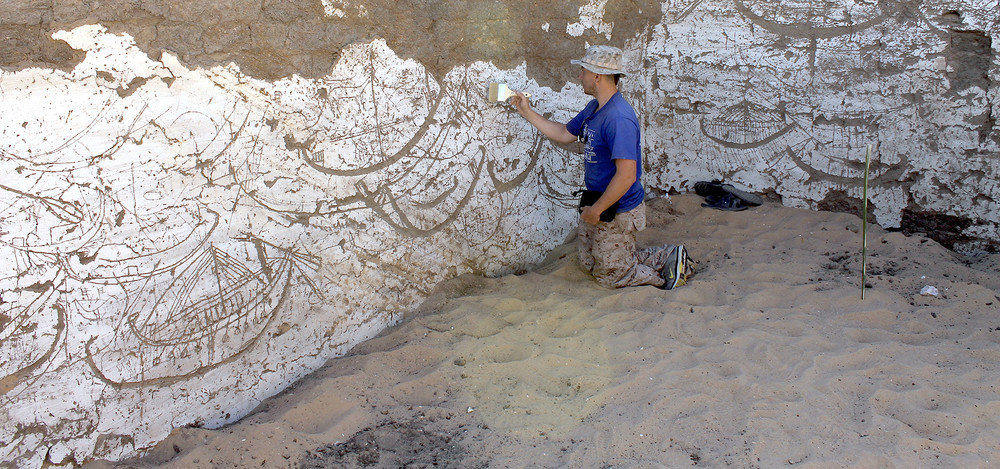
© The LIFE Picture Collection/Getty ImageKGB agent Nikolai Khokhlov, who defected from Russia in 1954, holding up pictures of his wife and son.
On the afternoon of April 22, 1954, reporters massed at a press conference in Bonn, Germany. They'd been invited to meet one Nikolai Evgenievich Khokhlov, a captain in the Soviet Union's newly minted security force, the KGB. Well, a former captain. Khokhlov had arrived in Germany tasked with assassinating the leader of an anticommunist organization. Instead he defected, tipping off the target and surrendering himself to U.S. agents. He was now no longer at the center of a murder plot, but a media event.
The 32-year-old Khokhlov was a "slight, scholarly-appearing blond young man. He was neatly dressed in a dark blue suit. He wore glasses,"
reported,The New York Times. The
Times reporter observed that the defector was self-possessed and calm, "adroitly" fielding questions in Russian.
Though Khokhlov's press conference came
just weeks after another high-profile defection of a KGB official in Australia, his actions were thrilling enough to grab headlines. Even better, he had brought with him the exotic murder weapons constructed for the plot: two seemingly normal cigarette cases. "But they are ideal weapons for an assassin," wrote
the Associated Press at the time, "because of their innocent appearance, lightness and efficiency." Flip the lid of the case back, and it revealed what appeared to be rows of run-of-the mill smokes. But press a concealed button, and a tiny four-inch-long pistol hidden inside would fire hollow-nosed bullets spiked with potassium cyanide. Upon being fired, the "resulting noise is no louder than the snap of the fingers and might pass unnoticed in the moderate conversation in a normal office," wrote the AP.



Comment: See also: